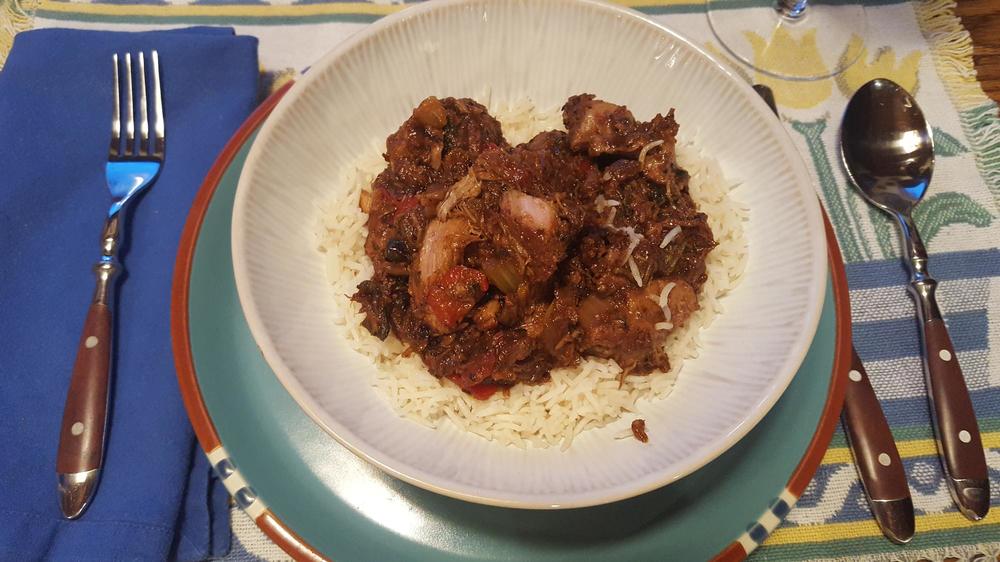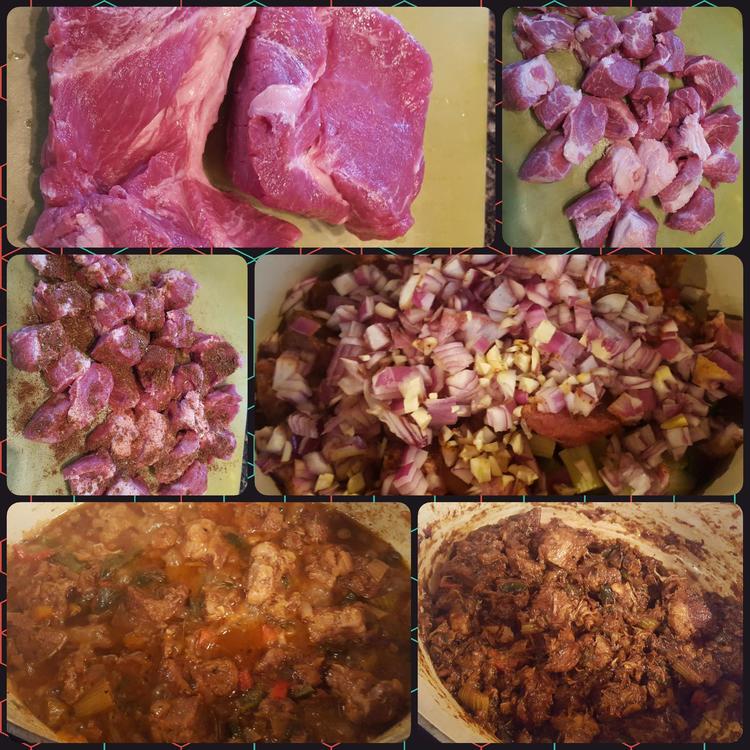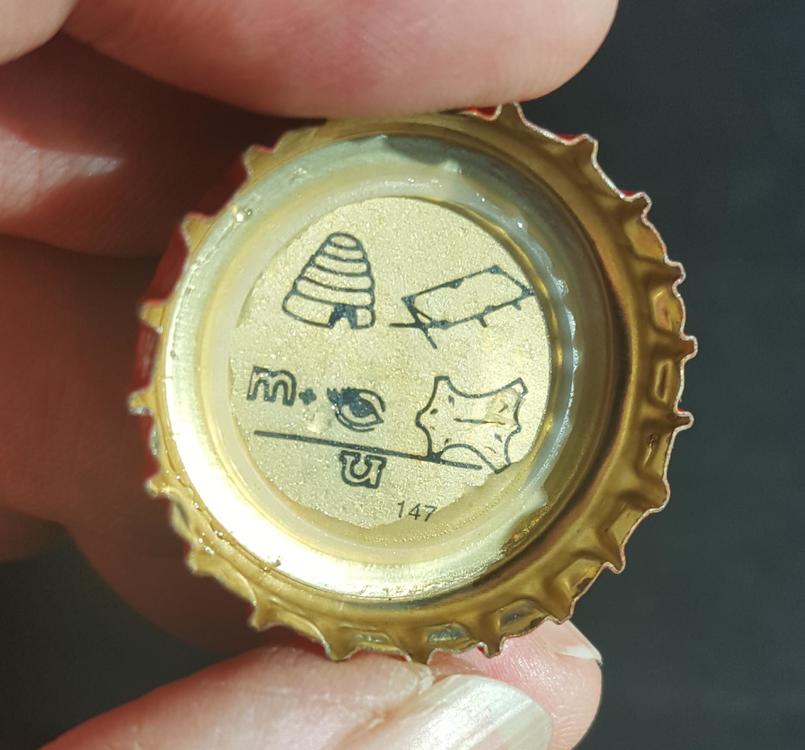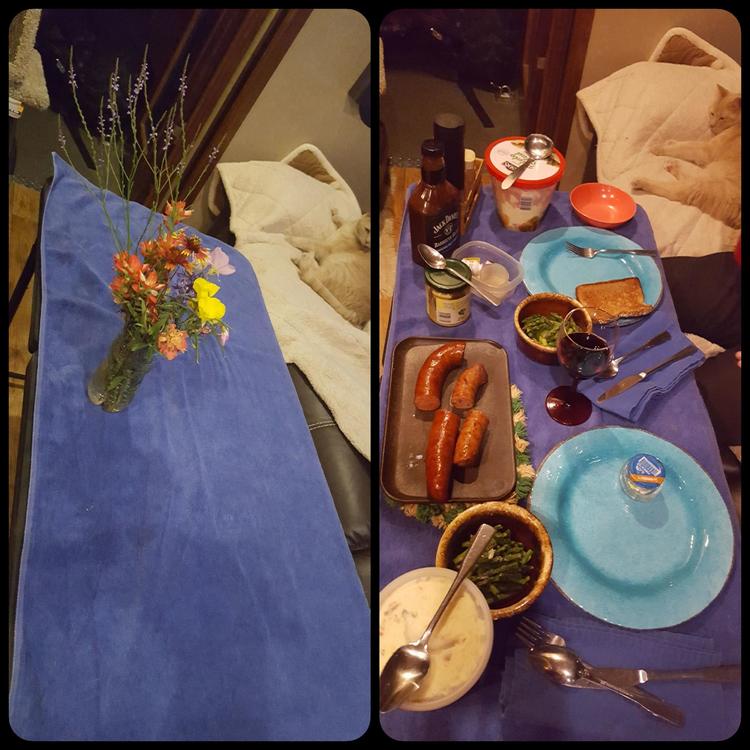-
Posts
13,748 -
Joined
-
Last visited
Content Type
Profiles
Forums
Store
Help Articles
Everything posted by Smithy
-
I ran across an announcement today that the IP MAX is about to be released. It will do 15 PSI. Here is the sneak peek at the MAX (not released yet) on Hip Pressure Cooking. I leave the question of your mental status for another conversation.
-
Either way, it relieved me not to find yet another well-respected carnitas recipe, when I was trying to sort through the possibilities for my first attempt.
-
Well...I've never had carnitas either, but mine (also not well thought-out) happened tonight too. Since sous vide was not involved, I posted about it here. Based on what I've read, your duck carnitas were much closer to the 'real deal' than my pork!
-
*bump* Without having worked my way through this entire topic, I'd say I have a qualified success to report. Qualified, mind you: flavors could stand adjusting next time, but there will be a next time. I started with 2 pounds of a pork shoulder roast - a nice, fatty-looking porky shoulder with a Duroc Heritage Pork label, which may or may not have made a difference. I more or less followed @Jaymes' instructions here, along with the discussion that followed about stirring from time to time and not throwing away the peppers, onions, and (in this case) celery. It was looking pretty good. But it was also getting late, and the meat was quite tender already, and I was none too sure about dirtying up a sheet pan to spread this stuff out in the oven and brown it. I left the whole shebang in the Le Creuset Dutch Oven in which it had started, kept cooking it down to brown and caramelize until I flirted briefly with burning stuff on the bottom (but managed to rescue it all), and then turned off the heat. Here's a collage of the process. In the meantime, I tried my first-ever pot-in-pot batch of rice in the Instant Pot. 1c basmati, 1.5c chicken broth and water, 6 minutes on high, natural release for 12 minutes. Success on the rice! Results: I think the method of simmering the pork until it's done, then crisping and caramelizing it, is probably genius. I got as far as simmering until the liquid was boiled off. The texture of the meat was excellent. The flavors left something to be desired. I didn't measure as carefully as I might have, and as much as I love citrus I think I'd have done better with more tequila and less lime. There were also chicken broth and a touch of apple juice in there, but I couldn't taste either. We both grabbed for the salsa to adjust the sweetness. We both wished for more liquid with the rice. Next time, I'll keep the meat and the vegetables separate and try to crisp the meat. I'll also be more careful with the citrus flavor. I may even plan to put it all into tortillas. That actually had been the plan tonight, but in the end the bowls seemed easier.
-
Welcome, MaryLouise! Capetown is a beautiful place - at least, it was when I was there a few years ago before the drought situation was so dire. I liked the food there too. Keep in mind that the Cook-Offs are always open and additions to them are welcome, no matter how old. If you get your gnocchi to your satisfaction, you may also wish to help revive the Perfecting Gnocchi topic.
-
The Instant Pot Ultra is now on sale at Amazon (and, through tomorrow, at Sur La Table) for $99.96. I keep looking at that adjustment knob and wondering how much temperature adjustment it provides. (We're still looking for a slow cooker with more temperature control than low/med/high.) Has anyone tried the Ultra yet? If so, can you comment on how much temperature adjustment the knob provides? Got any other comments on this latest version?
-
I bought a small pork shoulder roast for the purpose.
-
How are the Del Rio Carnitas made, please? I've been reviewing the Carnitas topic, trying to decide where to start with a small pork shoulder roast I bought for the purpose.
-
That's prettier-looking than it was on the website. The team effort has had a beautiful result!
-
@ElsieD, that loaf is flat-out gorgeous. Congratulations!
-
If you'll check out and try this topic on carnitas, I will.
-
Apricot trees! Oh, lucky you!
-

Memories of a brief trip to Bangkok and environs
Smithy replied to a topic in Elsewhere in Asia/Pacific: Dining
I meant to ask also whether you think the leftover food is thrown away (as is legally required in the US) or goes surreptitiously to someone fortunate. You may not have a way of knowing, but if you do, I'd be curious to know the answer. As for the rest - yes, it sounds almost exactly like what we've experienced. -
I was going to ask whether the good bread in Vietnam was due to the French influence, but it apparently isn't that simple. Is the bread in Vietnam generally better than in China, or only in some larger cities like Hanoi and Saigon/HCMC?
-

Memories of a brief trip to Bangkok and environs
Smithy replied to a topic in Elsewhere in Asia/Pacific: Dining
That meal at Nahm IS a lot of food for two people! It looks delicious. I'd be waddling when I left, and then have more than the usual difficulty avoiding the traffic. Those street scenes, and your descriptions, remind me of Egypt during the years we went. The specifics are all wrong, of course - goods, people, vegetation all very different - but the essential congestion and cheerful disregard for anything like traffic rules seem to be the same. The colors of the food and the scenery are so vibrant, and the food looks so fresh, that you make me wish to put Thailand on a travel itinerary. Thank you for bringing us along. -
@HungryChris, I just tried making quesadillas with some tequila chicken I'd cooked and some cheeses I had around. Looking at your photo, I wish I'd opted for crunchy taco shells instead. Those tacos look delicious.
-
Escalators in a grocery store. That means a multi-floor grocery store. My world experience is sooo limited.
-
I grew up calling them tangerines also. We had a pet satsuma tree due to a nursery mistake when Dad planted his grove. We always called it a tangerine tree, but when I was old enough to understand Dad said it was really a satsuma mandarin orange. Satsumas and clementines are two varieties of mandarin orange. There are more, and of course there are hybrids. I think the word "tangerine" has fallen out of favor; at least, UCR (University of California, Riverside) doesn't seem to recognize it. Harold McGee (On Food and Cooking, 2004 edition, p.375) wrote that the satsuma, the Japanese variety, appeared by the 16th century, and the "Mediterranean types" that appeared by the 19th century were collectively called tangerines for Tangiers, Morocco. The current thinking is that the mandarin orange is one of three specific citrus fruits (the other two being the citron and the pummelo) from which all others have sprung. For more specific information, the UC Riverside Citrus Variety Collection web site has some good references. This page is specifically about mandarin varieties.
-
See this topic: Adulterated Olive Oil Fraud
-
There you go! Thanks for playing, Kerry and Chromedome!
-
Wrong preposition. Think of another word for hide... ...and are you a Cole Porter fan?
-
So close! eta: try for a song. This one is stuck in my head now.
-
We'll be home tomorrow. These are the sights we saw today - and yes, that's ice on a lake at the lower right. We stopped for the night about two hours from home. We're set to arrive early in the morning, when our dirt road should still be frozen hard. It'll be soft and muddy later in the afternoon. I'll be glad to get home. My darling is not crazy about leaving the warmth of the southern states, but he too is looking forward to this journey's end. When we travel every day as we do at the beginning and end of these trips, the garage/dining room stays packed for travel. The remaining living space is much smaller. For instance, here's our "travel" dining table, which folds and stows when we're traveling. It's too small to accommodate a small bouquet and our dinner fixings, but it still takes up most of the floor space when it's open. The sofa to the right of the table, and the door to the back garage, give some scale. I found a final bottle of Lone Star beer in our stash, and the rebus inside the bottle cap is a fun one. Can you read it?
-
That's a neat trick @rotuts - adding the jus from sous-videing one batch of meat to the sous vide bag for another of that meat. I still have some chicken jelly with citrus juice from citrus-roasted chicken. Do you suppose that adding the citrusy chick jelly to a sous vide bag worth of chicken breast would be a good thing?
-
That was more or less what I had in mind, but I thought the bags might be more convenient. I was wrong. Thanks for the tip about the Hispanic markets, and looking for "jamaica" as an alternative name.








